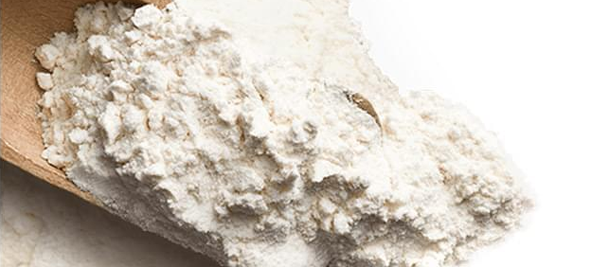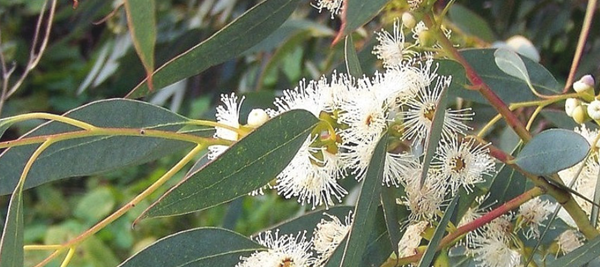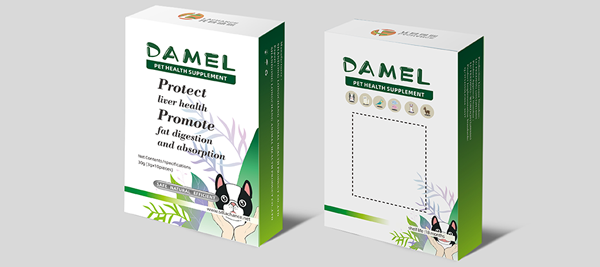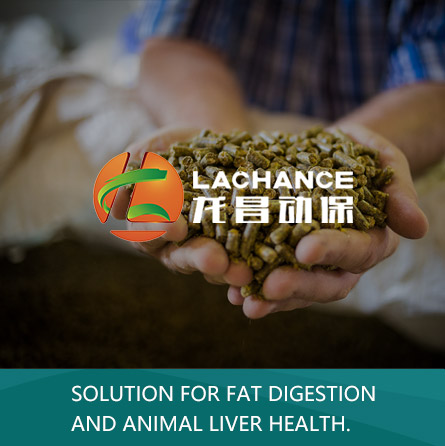The Prevention and Treatment of AHPND on Shrimp
Acute Hepatopancreatic Necrosis Disease (AHPND), also known as Early Mortality Syndrome (EMS), is a severe disease affecting the shrimp farming industry. Here is detailed information on the prevalence, symptoms, harm and prevention measures of AHPND:
1. Prevalence
AHPND was first discovered in shrimp farms in China and Vietnam in 2010. Subsequently, reports emerged from other regions such as Thailand, Indonesia, Malaysia, the Philippines, and some countries in Latin America. AHPND not only targets the Pacific white shrimp but also infects the black tiger prawn, rapidly spreading within a short period and causing significant losses to shrimp farming areas.
2. Symptoms
2.1 Changes in Hepatopancreatic: The hepatopancreas of infected Pacific white shrimp turns pale yellow or white, losing its normal reddish-brown color, with increased intercellular spaces and varying degrees of necrosis and autolysis.
2.2 Decreased Appetite and Vitality: Infected shrimp show signs of anorexia, even ceasing to eat, and reduced activity.
2.3 Empty Gut Syndrome: The gut of the shrimp is almost devoid of food, exhibiting clear symptoms of an empty gut.
2.4 High Mortality Rate: Typically, within a few days of infection, the shrimp in the farming pools exhibit a mortality rate of 70%-100%.
3. Harm
AHPND is a disaster for the shrimp farming industry, particularly affecting the Pacific white shrimp and black tiger prawn farming. The high mortality rate caused by this disease leads to significant economic losses for farmers and threatens the stability and development of related industry chains.
4. Prevention Measures
4.1 Environmental Management: Maintain cleanliness and good water quality in the farming water, avoid overstocking, and reduce the chance of pathogen spread.
4.2 Feed Management: Use high-quality feed, avoid using potentially contaminated raw materials, and strengthen monitoring of potential pathogens in the feed.
4.3 Use of Probiotics: Add probiotics to the farming water or feed to enhance the shrimp's immunity and improve the farming environment.
4.4 Biosecurity Measures: Implement strict biosecurity measures, such as disinfecting personnel and equipment entering the farming area, to reduce the introduction of pathogens.
4.5 Vaccine Research and Development: Although there are currently no commercial vaccines against AHPND, vaccine development is a long-term solution that will become an effective means to control the disease in the future.
4.6 Diagnosis and Isolation: Once an outbreak is detected, immediately isolate the diseased shrimp and handle them promptly to reduce the spread of the disease.
5. The Role of Bile Acids Against Shrimp AHPND
Bile acids are substances synthesized in the liver, primarily functioning to promote the digestion and absorption of fats and fat-soluble vitamins. In repairing damaged hepatopancreas, the mechanisms of action of bile acids include the following aspects:
1. Regulation of Cell Signaling: Bile acids can regulate intracellular signaling pathways through specific receptors, such as FXR (Farnesoid X receptor) and TGR5 (G protein-coupled receptor). This regulatory action can affect the growth, differentiation, and apoptosis of cells, aiding in the repair and regeneration of hepatopancreatic cells.
2. Promotion of Hepatopancreatic Regeneration: Bile acids can promote the proliferation of liver cells, helping the hepatopancreas recover quickly after damage. By activating the FXR receptor, bile acids can increase the expression of hepatopancreatic cell regeneration-promoting factors, accelerating the repair of damaged hepatopancreas.
3. Anti-inflammatory Effects: Bile acids have anti-inflammatory effects, which can reduce the production and release of inflammatory mediators, such as interleukin-1β (IL-1β) and TNF-α, thereby reducing the inflammatory response in the hepatopancreas. This helps alleviate the inflammatory condition of damaged tissues and promotes the recovery of damaged tissues.
4. Protection of the Intestinal Barrier: Bile acids can also improve and protect the function of the intestinal barrier, preventing intestinal bacteria and their metabolic products from entering the bloodstream, thus reducing further damage to the liver and pancreas.
5. Regulation of Lipid Metabolism: Bile acids are involved in regulating lipid metabolism, which can improve the condition of fat accumulation in the hepatopancreas, alleviate the pathological changes of fatty liver disease, and promote the repair of damaged liver.
In summary, the prevention and control of AHPND require the joint efforts of farmers, researchers, and government departments. Through comprehensive management and scientific research, the impact of this disease on the farming industry can be reduced. In biological research, the mechanisms through which bile acids regulate and repair damaged hepatopancre










